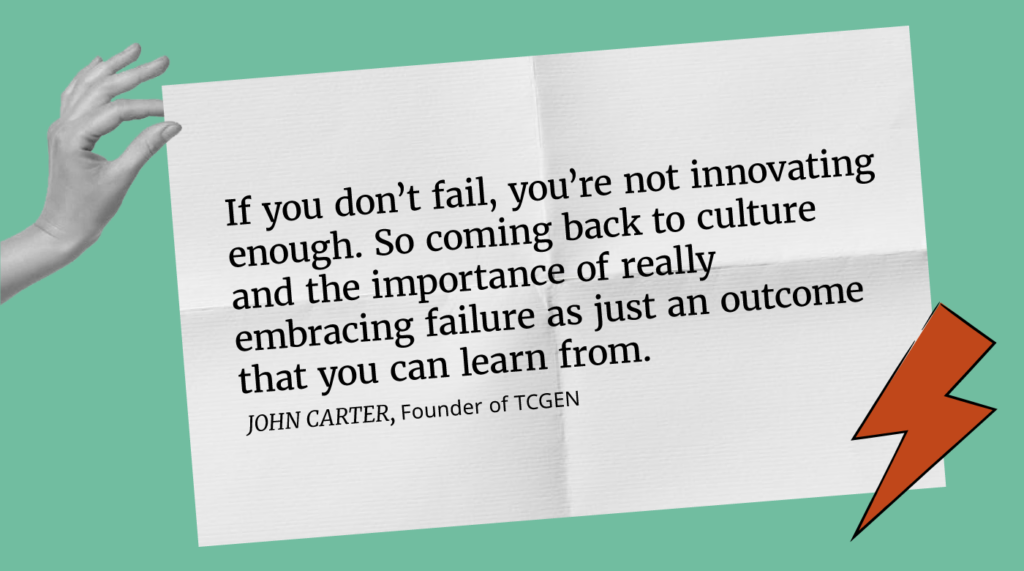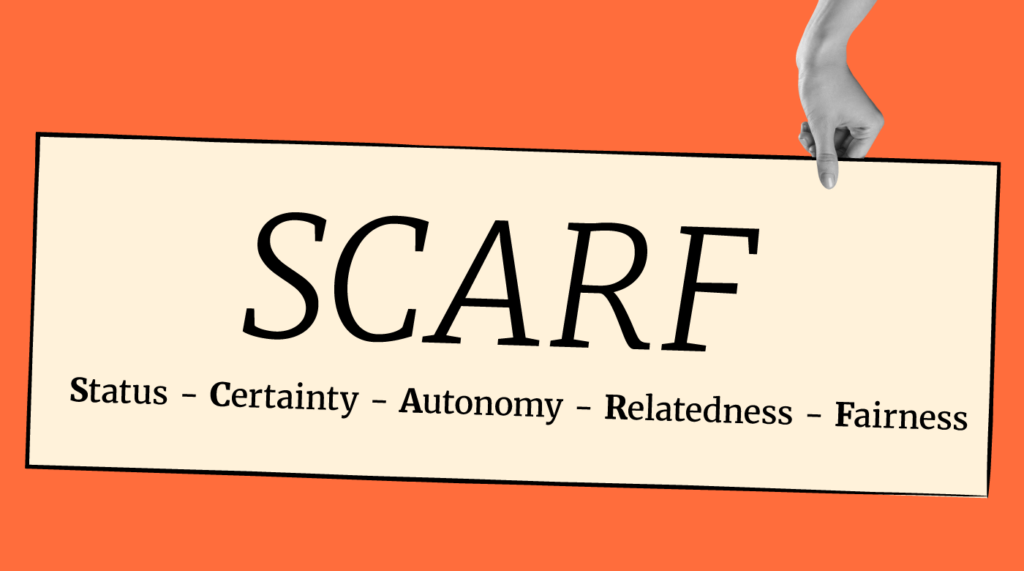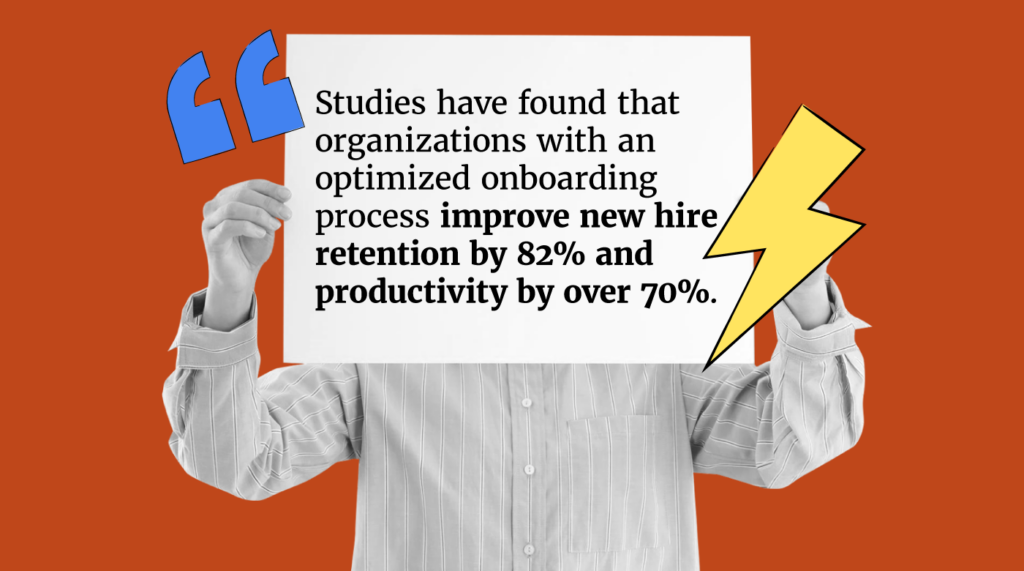"Culture eats strategy for breakfast."
What this famous quote from management consultant Peter Drucker means is that, no matter how good your strategy is, it's reliant on teams of people effectively collaborating to implement it. And this is where the nebulous concept that we term company culture is so important.
Culture is defined as “the ideas, customs, and social behavior of a particular people or society”.
Those of you who have ever conducted business internationally will know the importance of understanding the cultural norms of the country you wish to do business in!
As a healthy organizational culture—which really translates as happy, motivated, and collaborative teams working toward the company’s mission—is such a crucial factor for success, it’s important that leaders maintain and nurture it.
We’ve all heard people describe organizations as having a “toxic culture”, and this is usually corroborated by low morale, low employee retention, and poor performance.
Culture isn’t something that forms overnight.
As our podcast guest John Carter (one of the core team that invented noise-canceling headphones and consultant who advises companies on innovation and culture) puts it so eloquently “Culture is built over time, much like how dust accumulates on a shelf. It accumulates very, very slowly.”
Therefore, if you spot the signs of a toxic workplace culture forming, it’s possible to nip it in the bud before it becomes all-pervasive. And that brings us nicely onto.
5 Signs Your Workplace Culture Is “Toxic”
You might have worked, or currently be working somewhere, where you like the job but not the organization. You can’t wait to ‘escape’ from the office ASAP, and the bitter taste that’s been with you all day lingers when you get home as well.
Perhaps the boss is a tyrant, everyone lives in mortal dread of making a mistake and, when something good is achieved, no recognition is forthcoming. Maybe it’s just downright bitchy and workplace bullying is accepted.
Either way, the work environment—not the job itself—makes it a difficult, stressful place to work, and this impacts your performance, motivation, and maybe even your health.
Sometimes, as with the examples above, the signs of a toxic workplace are obvious. But sometimes it’s more subtle than that and requires deeper introspection.
Toxicity exists on a sliding scale, and what it means will vary across organizations. Some companies, for example, thrive on levels of open competition that wouldn’t work in others, and this will be reflected in their culture.
So let’s look at some of the indicators your company or team culture might be working against, rather than with, your strategy.
1. A lack of enthusiasm
Heads are down, smiles are weak, there’s a distinct lack of joy de vie.
Rather than approach a task or project with gusto, everyone appears sluggish and unanimated. Work is probably a little sloppy and, particularly worrying, if there’s a win no one celebrates.
If team members appear unmotivated and apathetic in such a way, it’s an indicator that the workplace culture is turning toxic. Here’s what might be causing this:
- Poor performance - Sometimes, unfortunately, employee demotivation is related to poor performance. This could be personal, team, or even organizational performance. As Levi’s CEO, Chip Bergh, commented “when a company is in decline for ten years, something perverse happens to its culture.” But, when the chips are down, a healthy culture is what helps pull you back up.
- Poor management - If a manager is viewed as incompetent in some way then this can quickly turn off employees who view them as a blocker.
- Toxic colleagues - Negative colleagues or managers can infect others with their behavior. If this is the case, you need to identify the culprit(s) and a serious conversation needs to be had.
- Burnout - Another reason that people can turn apathetic is that they’re overworked. As humans, we can only handle so much stress before our brains refuse to deal with it and switch off.
Really, the only way you’re going to find out is by getting feedback from team members to ascertain what’s causing the frump. Either that or ask them to leave.
2. No one really understands what the company stands for
Strong cultures are built around shared ideas, values, and goals. Therefore, it stands to reason that if team members don’t know what these are then they’re not aligned and toxic behaviors are more likely to arise.
Again, the only way you can really know this is by asking team members. How many can list the company’s values and articulate the mission?
3. There’s a lack of transparency
Transparency is a trust builder because people value open and honest communication and will reciprocate accordingly. A transparent company culture is one that actively encourages the open sharing of information—including financial— across all levels.
Some managers believe that transparency can harm the business because employees will react badly to news such as poor financial performance.
However, in an HBR study, 70% of employees said they felt the most engaged when leadership consistently communicated with them about organizational performance and strategy.
When Levi’s CEO, Chip Bergh, first took the reins in 2011 he spent some time getting to know his employees in order to get to the bottom of why the company was underperforming so badly.
What he found was that most of his team members had no idea quite how badly the company was doing. Consequently, there was no urgency to turn things around!
One can imagine the chief execs shutting themselves away praying things would magically get better.
So, how transparent is your company?
4. Employee turnover is high
Some level of turnover is healthy for companies. But if employee turnover is noticeably high, i.e. people join and leave quickly, or suddenly a lot of valuable team members head for the exit, it could be a sign that a toxic environment is forming.
A report from BreatheHR found that 27% of employees cited a poor workplace culture as their reason for quitting a company. On the flip side, people want to join and stay with organizations like Google (number one organizational culture in the US according to a recent study) because of their famously laid-back, development-focused culture.
Related Read: Build Resilience Using The 3 Rs Technique
5. There are no new ideas
In healthy workplace cultures, employees feel empowered to contribute with new ideas and strategies. If none are forthcoming, then the innovation engine that's oiled by culture isn’t functioning properly.
Why could this be?
A common reason is an excessive fear of failure. People naturally fear failure, especially in the workplace.
But, as culture guru John Carter touches on in the aforementioned podcast, failure is part of innovation. If people are too scared to take risks, knowing that the repercussions will be severe, then this will stifle their creativity.

A fine example of a company supporting a team member when they made a mistake is this Tweet from HBO Max supporting a no doubt mortified intern:
Awww, nice! And that brings onto lighter things...
Top Tips For Building A Great Company Culture

A toxic work culture is bad for employees and the organization.
Now you know what to look out for, here are a couple of ways you can implement a culture change and build and maintain the workplace culture you want.
1. Set Clear Values, Communicate and Uphold them
Culture is built on shared values and customs. A company’s values are like a snapshot of its culture, standards, and identity. Therefore, it’s important to enshrine some clear values that guide employee behavior and decision-making.
These could be:
- Inclusivity
- Transparency
- Trust
- Honesty
Further, communicate these values alongside the company vision on a regular basis and, of course, lead by example. There’s no point in having honesty as a value if leaders say they’ll do one thing but then do another.
By instilling and living the values of a company, trust develops and all the benefits (employee satisfaction, greater flexibility, remote work) that brings.
2. Get Your SCARF On

Central to creating a positive work culture is ensuring all team members feel relaxed and empowered. To help with this, neuroscientist David Rock identified five key domains that influence our behavior in social situations. These are:
- Status - how we rank ourselves against others socially
- Certainty - how comfortable we feel about the future
- Autonomy - feeling empowered to have choices
- Relatedness - how safe we feel around others
- Fairness - whether we feel exchanges between people are fair.
SCARF (now you see where the acronym comes from) is a useful framework for assessing what makes people feel threatened or rewarded in a social setting.
It’s easy to see how it can be applied to workplace culture. Rock suggests a few ways:
- Allow team members to give feedback on their own performance and make sure to publicly reward good work with positive feedback (status)
- Be transparent, share information widely, and break complex projects down into smaller steps (uncertainty; fairness)
- Empower team members to guide their own learning and development (autonomy)
- Find ways to encourage connections between people to learn about each other (relatedness)
- Set clear expectations and objectives and hold people accountable to them (fairness).
3. Hold Some Skip Level Meetings
The bigger an organization becomes, the more disconnected senior management can be from what’s really happening.
That’s why, to get an idea of what’s really going on, many leaders choose to hold ‘skip level’ meetings with employees two or more levels below. The reasoning behind this is that leaders get a sugar-free taste of what the workplace culture is really like.
In 2018, the CEO of JP Morgan Chase, Jamie Dillon, went on a bus tour (yep) out to regional offices to meet with employees and hear their thoughts on the company. He granted employees immunity to speak their minds, as well as free beer.
Publicity stunt? Maybe, but it’s a powerful symbol that leaders need to pay attention to their team members when managing culture.
Further guidance here: how to conduct a skip-level meeting.
4. Optimize Your Onboarding Process
The onboarding of a new employee is more crucial than a lot of companies realize. An effective onboarding process should ensure new team members grasp the company’s vision, mission, and values, and reinforce the expected behaviors and attitudes that collectively form the company culture.

For advice on this, check out our 30-60-90 day new employee onboarding plan.
Join the Conversation
As you can see, managing culture is a tricky but important component of growing successful organizations and that ‘toxicity’ isn’t always the obvious bad behavior.
Those in leadership positions play a crucial role. If they're experiencing personal blockers such as the Impostor Syndrome, it can directly and heavily impact the work they do and the culture you're trying to build. Learn about how to address it in this article.
We’d love to hear your thoughts on what makes a toxic, or healthy, company culture. Leave a comment below or apply to join the People Managing People Community where you can connect and share knowledge with other people and culture experts.
Related Reads:
- Your Guide To Company Culture Types
- How To Create A Thriving Culture Of Learning
- 7 Company Culture Examples From Successful Companies
- 8 Signs An Employee Is About To Quit
- 33 Words To Describe Company Culture And What They Really Mean
- Workplace Trust, Why It’s Important And How To Build It
- The CEO’s New Shoes: Maintaining Culture In A Rapidly-Scaling Business



